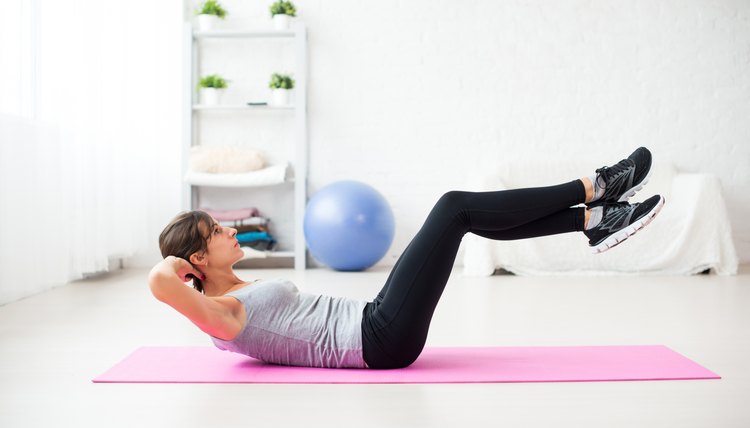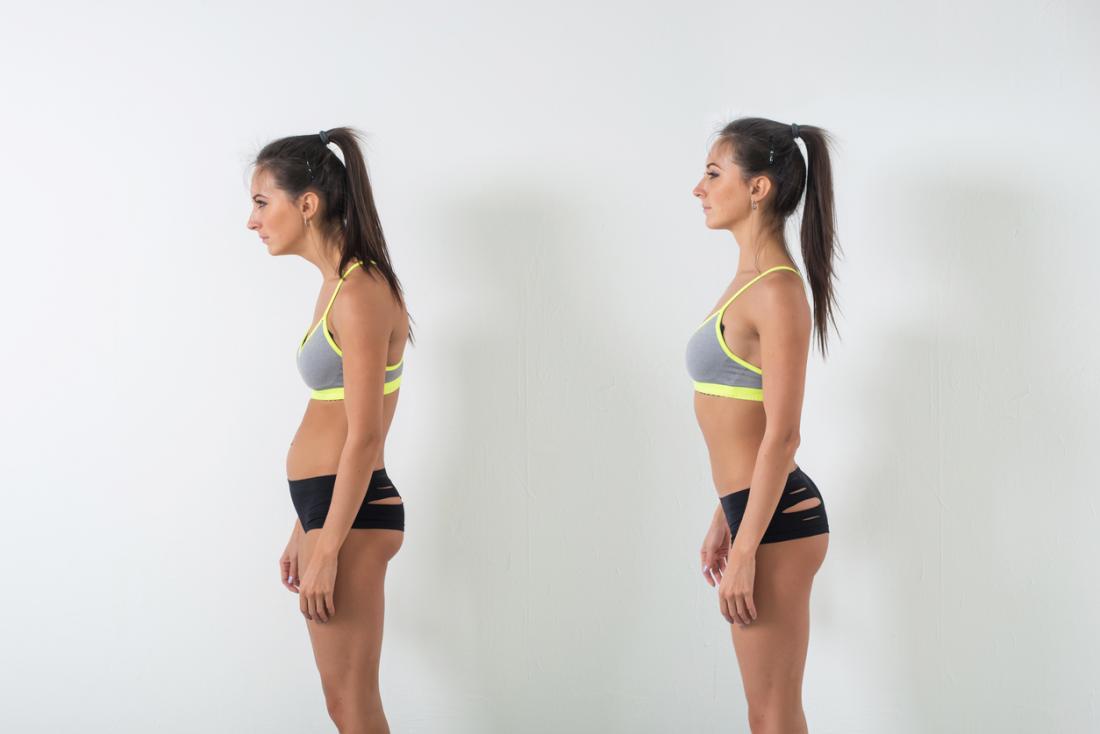Healthremedy123.com – A basic exam routine for patients with low back pain includes assessing the lumbar lordosis and pelvic tilt. The present study investigated the relationship between anterior pelvic tilt and lumbar lordosis in patients without or with low back pain. The results showed that the angle of lumbar lordosis and pelvic tilt were related in a statistically significant manner.
Stomach Strengthening Effect on Lordosis
Using an inclinometer, the angle between the PSIS and ASIS was measured. A positive reading indicates anterior tilt, and a negative reading indicated posterior tilt. This research supports the importance of assessing the pelvic tilt when assessing the overall function of the abdominal muscles. This article aims to provide a general understanding of how these muscles function in patients with pelvic tilt. Ultimately, it will help physicians determine if a patient is at risk for pelvic pathologies or dysfunction.
Increasing abdominal strength improves the lumbar lordosis. The effects of abdominal strengthening on lumbar lordosis and pelvic tilt have been documented. The study involved 20 subjects before and after an eight-week abdominal muscle strengthening program. The participants’ pelvic tilt and lumbar lordosis were measured with an inclinometer and flexible ruler. A control group of 20 people was used to verify the reliability of the measurements during this eight-week period.

When the hip is in an anterior position, pelvic tilt is reduced. The hip inclination is decreased by the hip flexors, which include the iliopsoas and rectus femoris. The anterior position of the hip adductors is controlled by the erector spinae. The pelvic tilt is a problem that can be addressed with physical therapy.
Posture Changes Causes Anterior Pelvic tilt
A change in posture is another cause of anterior pelvic tilt. The front of the pelvis is twisted forward while the back of the pelvis rises. This is a common result of excessive sitting and inactivity. An anterior pelvic tilt affects posture and can also lead to other symptoms. However, there are some exercises you can perform to help correct this problem. The main muscles that influence pelvic tilt are the iliopsoas, the rectus femoris, and the multifidus muscle.
A new study aimed to investigate the relationship between hip extension range of motion and lumbar lordosis and abdominal muscle performance. Twenty-five healthy women were evaluated for hip extension range of motion and abdominal muscle performance using digitally reconstructed radiographs. The researchers hypothesized that a positive correlation exists between pelvic rotation and abdominal muscle performance. This finding has important implications for patients with lumbar lordosis and pelvic tilt.

This systematic review evaluated the quality of evidence and rated four studies. The four studies used in the review consisted of two RCTs and two non-RCTs. In total, 95 patients were evaluated. The sample sizes of the four studies varied from 728 to forty. The study populations were varied, and three showed statistically significant reductions in an anterior pelvic tilt. The other two studies did not use a control group. The evidence was of low quality.
Ways to Treat Lumbar Lordosis
There are many ways to treat lumbar lordosis. One treatment method involves realigning the lumbar spine and pelvis by controlling the angle of the lordosis. This treatment also repositions the vertebrae, restoring their proper muscle and ligament attachments. The results of the treatment process are immediate and long-lasting. These treatments are effective for lumbar lordosis.
Anterior pelvic tilt is a problem associated with excessive anterior flexion. The position of the acetabular component should be planned and measured prior to surgery. In addition, it should be evaluated in terms of functional pelvic tilt in order to achieve optimal orientation. Similarly, a tight hip flexor should decrease pelvic extension. These exercises will help prevent anterior pelvic tilt from causing more problems in patients.

The righting reflex and lumbar lordosis are related to pelvic tilt. However, when these two conditions occur simultaneously, orthotic management becomes important. The righting reflex, re-alignment of ligaments, and neutralization of forces are necessary for proper treatment of lumbar lordosis. Several studies have shown that the position and activity are related in patients with thoracolumbar scoliosis.
Reference:


